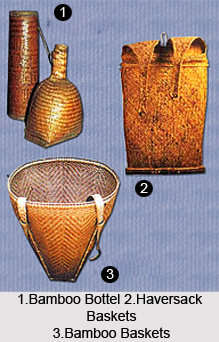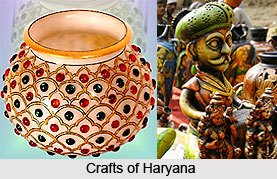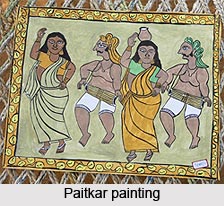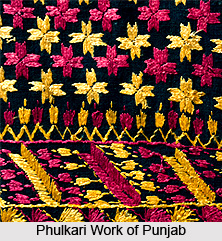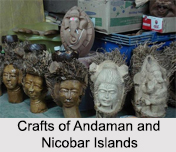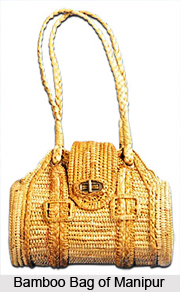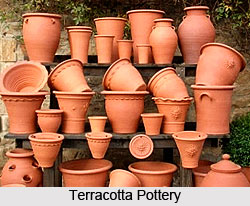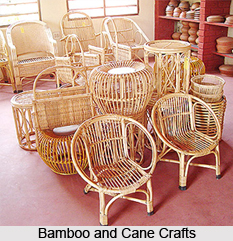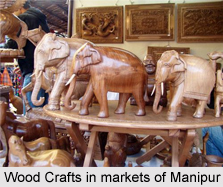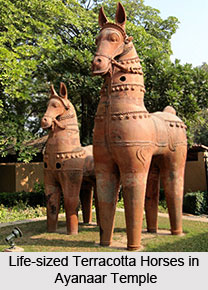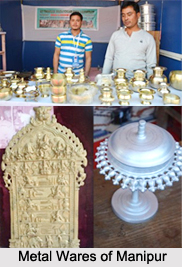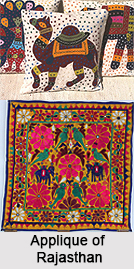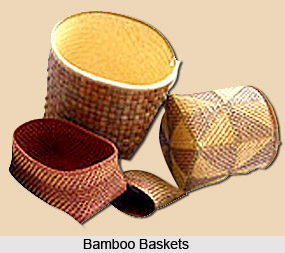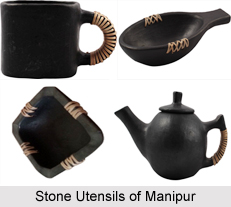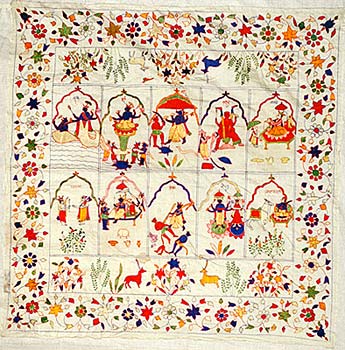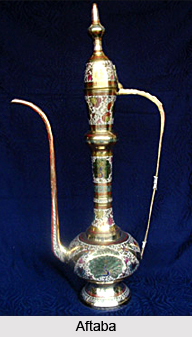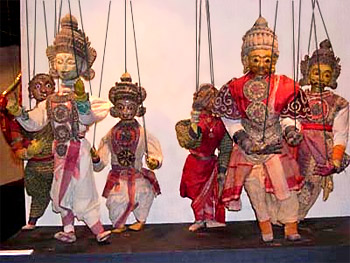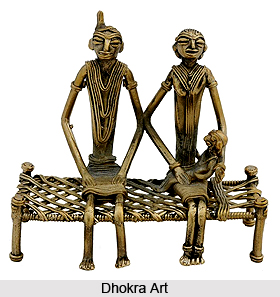 Handicrafts of Mayurbhanj district, Odisha, form an important part of the old age cultural heritage of district. These serve the purpose of catering the daily as well as aesthetic needs of the natives and form an exquisite means of artistic expression. The concept of handicrafts initially started for creating the articles used in daily life with an artistic touch to wipe out the dullness of even the most insignificant objects. However with growing industrialization and mechanization, they lost their basic roles and joined the competition of acquiring a place in national market of handicrafts. Variations and modifications were introduced in terms of designs and production techniques. However, with the changes, care has also been taken to retain the beauty of folk and traditional art which have been established over centuries. The craftsmen of Mayurbhanj district are adept in using modern approaches to craft unique handicrafts keeping their aesthetic appeal as well as traditional beauty intact. A vast variety of handicrafts are found in the district including sea shell items, Solapith work, Tassar textiles, folk paintings, costume jewellery, musical instruments, cane and bamboo products, terracotta, lacquered toys, wooden painted items, artistic mats, brass and bell metal wares and many more among which Dhokra and Sabai grass product form the most prominent ones.
Handicrafts of Mayurbhanj district, Odisha, form an important part of the old age cultural heritage of district. These serve the purpose of catering the daily as well as aesthetic needs of the natives and form an exquisite means of artistic expression. The concept of handicrafts initially started for creating the articles used in daily life with an artistic touch to wipe out the dullness of even the most insignificant objects. However with growing industrialization and mechanization, they lost their basic roles and joined the competition of acquiring a place in national market of handicrafts. Variations and modifications were introduced in terms of designs and production techniques. However, with the changes, care has also been taken to retain the beauty of folk and traditional art which have been established over centuries. The craftsmen of Mayurbhanj district are adept in using modern approaches to craft unique handicrafts keeping their aesthetic appeal as well as traditional beauty intact. A vast variety of handicrafts are found in the district including sea shell items, Solapith work, Tassar textiles, folk paintings, costume jewellery, musical instruments, cane and bamboo products, terracotta, lacquered toys, wooden painted items, artistic mats, brass and bell metal wares and many more among which Dhokra and Sabai grass product form the most prominent ones.
Dhokra Art
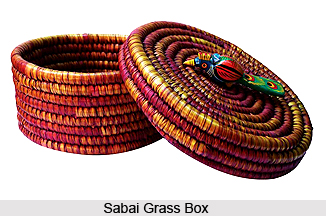 Dhokras are the tribal people or `Adivasis` of the district who started this art to make metal casting items for house hold purpose. This is a nomadic tribe who roam around in various regions and earn their living by selling their products. The primitive vigour of this art was discovered a few years ago and since then it has gained substantial demand in the handicraft market. This consequently led to the settlement of Dhokras in different villages and blocks. Natural wax from beehives, bell-metal and fine wood or charcoal are the primary raw materials used to form these handicrafts and are found locally.
Dhokras are the tribal people or `Adivasis` of the district who started this art to make metal casting items for house hold purpose. This is a nomadic tribe who roam around in various regions and earn their living by selling their products. The primitive vigour of this art was discovered a few years ago and since then it has gained substantial demand in the handicraft market. This consequently led to the settlement of Dhokras in different villages and blocks. Natural wax from beehives, bell-metal and fine wood or charcoal are the primary raw materials used to form these handicrafts and are found locally.
Sabai Grass Products
Sabai grass grows extensively in different parts of Mayurbhanj district which finds major utility in making Sabai rope. These ropes are traded outside the state to paper manufacturing firms and for weaving cots, known as `Charpai`. Apart form these, the ropes are also used to make tea-poy, chairs, sofa sets etc. Bamboo or wood forms the main frame of these sofas and chairs and Sabai rope is coiled over the frame in an exceptional artistry. The Civil Jail of Baripada is pioneer of introducing Sabai rope sofas and other articles such as carpets, screens and car mats. With the development of this art new products have also found their way including flower vase, fruit tray, flower baskets, dining mats etc. With the efforts of National Council of Jute Development jute twines are also used along with Sabai rope. Development Commissioner Handicrafts Government of India has taken effective initiatives for conducting design development program at village Churuni of Khunta Block through their facilitating agency Anwesa, Bhubaneshwar. The program has involved the traditional Sabai craft artisans and has developed 17 prototypes in Sabai rope which have gained great demand in the market owing to their gorgeousness. Various training centres have also been developed in different regions which impart training for this craftwork.
